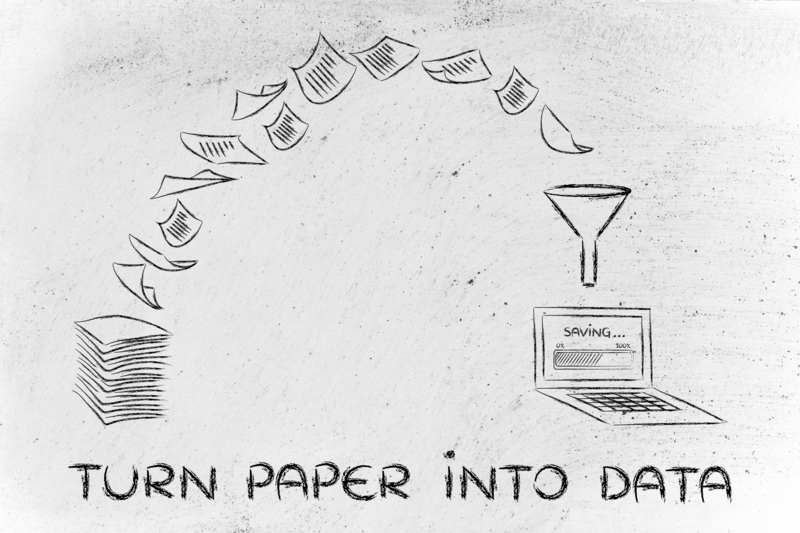Cost-Efficient Ways to Decrease Manufacturing Waste
In today's competitive business environment, reducing manufacturing waste is not only beneficial for the environment but also crucial for maximizing profitability and efficiency. By implementing strategic waste reduction practices, companies can achieve significant cost savings, improve product quality, and enhance their brand reputation. This article explores various cost-effective strategies to minimize waste in manufacturing.
Understanding Manufacturing Waste
Manufacturing waste can take many forms, including excess materials, energy consumption, defective products, and more. To effectively tackle waste, it is essential to understand its various sources and how they impact your production processes and costs.
Types of Manufacturing Waste
- Material Waste: This includes leftover raw materials, off-cuts, and scrap.
- Defective Products: Outputs that do not meet quality standards.
- Energy Waste: Inefficient use of power during production.
- Overproduction: Producing more than what is needed or can be sold.
- Transportation Waste: Unnecessary movement of materials or products.

Effective Strategies to Reduce Manufacturing Waste
By adopting certain processes and approaches, manufacturers can significantly reduce waste and associated costs. Below are some cost-efficient methods to consider:
1. Implement Lean Manufacturing Principles
Lean manufacturing focuses on minimizing waste while maximizing productivity. Key principles include:
- Value Stream Mapping: Analyze each stage of the production process to identify waste.
- Continuous Improvement (Kaizen): Engage employees in regular brainstorming sessions to improve processes.
- 5S System: Sort, Set in order, Shine, Standardize, Sustain - a methodology for organizing, cleaning, developing, and sustaining a productive work environment.
2. Automate Processes
Automation reduces human error and inefficiency. By automating repetitive tasks, you can reduce waste and increase accuracy. Consider investing in technologies such as:
- Robotics: For tasks that are repetitive and labor-intensive.
- AI and Machine Learning: For predictive maintenance and quality control.
- IOT Devices: To monitor and optimize energy consumption and material usage.
3. Optimize Inventory Management
Effective inventory management prevents overproduction and reduces the risk of unsold products. Key strategies include:
- Just-In-Time (JIT) Manufacturing: Produce only what is needed, when it is needed.
- Use of Technology: Implement digital tools for real-time inventory tracking.
- Vendor Managed Inventory (VMI): Allow suppliers to manage stock levels based on consumption patterns.
4. Encourage Waste Segregation and Recycling
Properly segregating waste and applying recycling practices can turn waste into resources. Tips to promote these practices include:
- Training Programs: Educate employees on waste segregation and its importance.
- Partnerships with Recycling Firms: Establish partnerships to ensure waste is recycled responsibly.
- Creating Incentive Programs: Reward employees and departments that achieve waste reduction targets.
5. Adopt Energy-Efficient Practices
Reducing energy waste contributes to lower operational costs and a smaller carbon footprint. Ways to achieve this include:
- Energy Audits: Conduct audits to identify areas of high energy consumption.
- Invest in Energy-Efficient Machinery: Replace outdated machines with energy-efficient models.
- Use of Renewable Energy: Incorporate solar, wind, or other renewable energy sources.
6. Redesign Products and Processes
Revisiting product designs and manufacturing processes can highlight areas where waste can be reduced. Consider the following:
- Product Life Cycle Assessment: Analyze the entire life cycle of a product to identify waste reduction opportunities.
- Eco-Design: Design products with a focus on minimizing environmental impact.
- Process Analysis: Examine each process step to identify wasteful activities and inefficiencies.

Monitoring and Continuous Improvement
To sustain waste reduction efforts, companies must focus on monitoring outcomes and fostering a culture of continuous improvement.
Track Key Performance Indicators (KPIs)
Establishing relevant KPIs helps in tracking and analyzing waste reduction efforts. Indicators might include:
- Waste Generation Rate: Measure the volume of waste generated per production unit.
- Energy Efficiency Ratios: Monitor the energy used per unit of production.
- Quality Yield: Track the percentage of products meeting quality standards on the first pass.
Create a Culture of Sustainability
Instilling a culture that values sustainability can significantly enhance waste reduction efforts. Encourage this through:
- Leadership Commitment: Leaders should model sustainable practices.
- Engaging Employees: Involve employees at all levels in sustainability initiatives.
- Celebrating Successes: Regularly recognize and reward waste reduction achievements.
Conclusion
Reducing manufacturing waste not only benefits the environment but also enhances operational efficiency and cost savings. By employing strategies such as lean manufacturing, process automation, and effective inventory management, manufacturers can significantly impact their sustainability goals and improve their bottom line. Permanently integrating these practices will require ongoing commitment and investment in technology and employee training. Embracing a proactive approach to waste reduction is crucial for long-term success and competitiveness in the manufacturing industry.